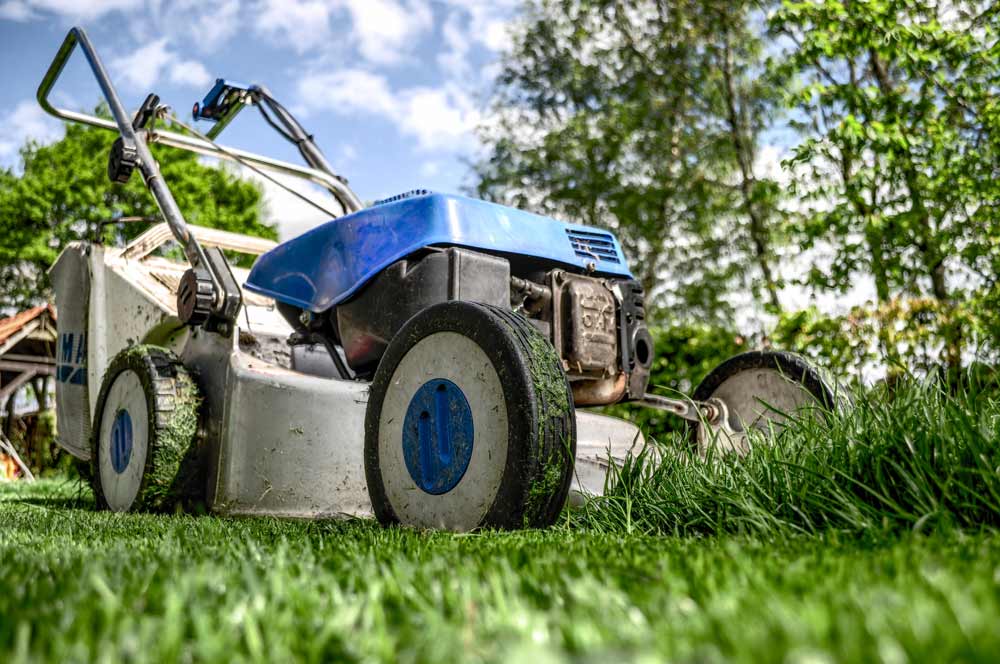There is quite a difference between not using your car for a couple of days and not using it for six months. Understanding how to prepare your car for long-term storage by following simple maintenance and service is integral in keeping your vehicle in top condition. Here are eight tips for preparing your vehicle for long-term storage.
Check Your Paperwork
Renew your registration beforehand if it is set to expire while your vehicle is in storage, or set a reminder to do so when it is due. Additionally, contact your insurance company to inform them that you will be storing your car and confirm that your car is fully covered by your existing insurance policy.
Service Your Car
It is important that your engine and fluids are in good shape before you store your vehicle for a long period. Otherwise, your car might not start when you are ready to use it again.
- Change or top off fluids, which may contain sediments, as appropriate. This includes oil (synthetic oil breaks down more slowly over time, which makes it a preferred option for storage), coolant, transmission fluid and brake fluid.
- Empty out windshield washer fluid in regions susceptible to freezing to protect spray hoses from freeze-thaw cracks.
- Fill your car with gasoline, as it leaves less airspace for moist air to enter the engine and form condensation (or ice), and add a fuel stabilizer, available at any hardware/parts store.
- Check belts, filters, hoses and other components of your engine. Ensure that all are in working order and clean.
Lubricate the Car
Oil the hinges of the hood, doors and trunk. Use a graphite-based lubricant for locks. Coat rubber parts of the doors and tires with silicone or white lithium grease. This will help prevent them from freezing shut.
Clean the Interior
Throw away any trash. Vacuum seats and floor mats to prevent damage. Do not use chemical protectant (i.e. Armor All) on leather, vinyl and other fabrics as it may stain or cause excessive chemical damage to surfaces. Wash the inside of your windows. Getting the interior of your car in shape before storing it will prevent smells and potential damage from the sun or heat, if you are not storing your vehicle in a storage unit.
Care for the Exterior
Wash, buff, and wax your car. Have the vehicle detailed, if possible. Make sure to clean the underside of your car – anything stuck to the bottom of the car acts like a sponge, trapping moisture that could lead to the creation of rust. Remove wiper blades or lift them up so they do not become deformed or flat. Ensure all leaves, pine needles and any other debris have been removed from the engine compartment and the windshield wiper cowl.
Ensure that the Battery is Fully Charged
Electronics can quickly drain the power of your battery, so make sure it is charged before you store your vehicle. You can also consider using a trickle charger. Disconnect your battery if you are storing your vehicle for more than 6 months and take the disconnected battery someplace temperate and dry.
Deflate Your Tires
Deflate your tires to 10psi less than the manufacturer’s recommendation and place the vehicle on jack stands if you are storing your vehicle for more than 6 months. This allows the rubber to relax and prevents cracking while allowing you to still drive on them when you remove the vehicle from storage. There are accounts of “flat spots” if a vehicle is stored on the ground, but newer tires are engineered to prevent this and any flat spots will be worked out while driving within 160 km or so.
Cover Your Vehicle
Vehicle covers protect your car from sun damage, dust and minor dings. Try to find a vehicle cover designed for long-term storage – these will not trap moisture, but they will allow your vehicle to breathe.
If you have any questions about car storage, please contact U-Lock Mini Storage and our staff will be delighted to answer any questions you have!



